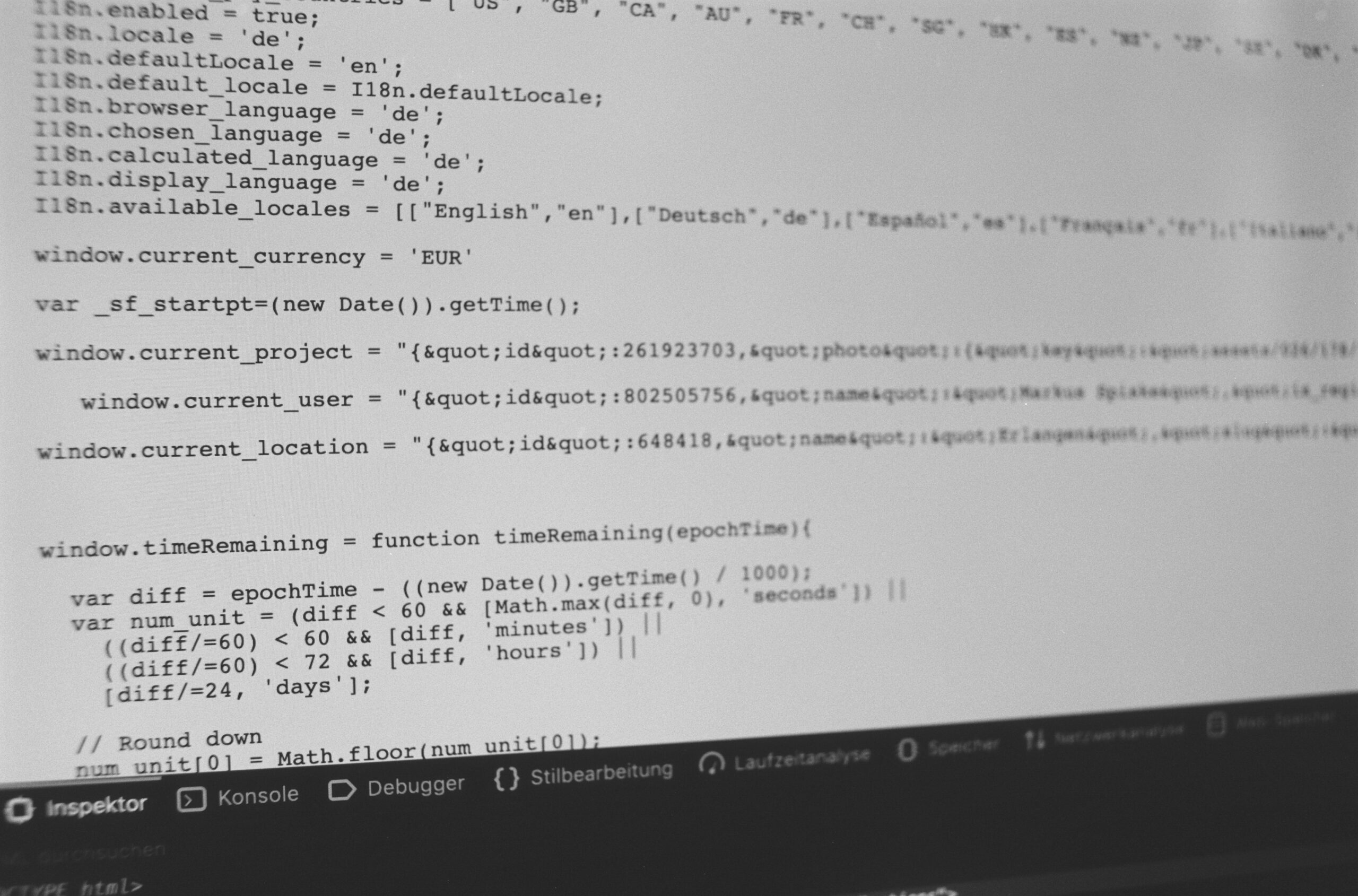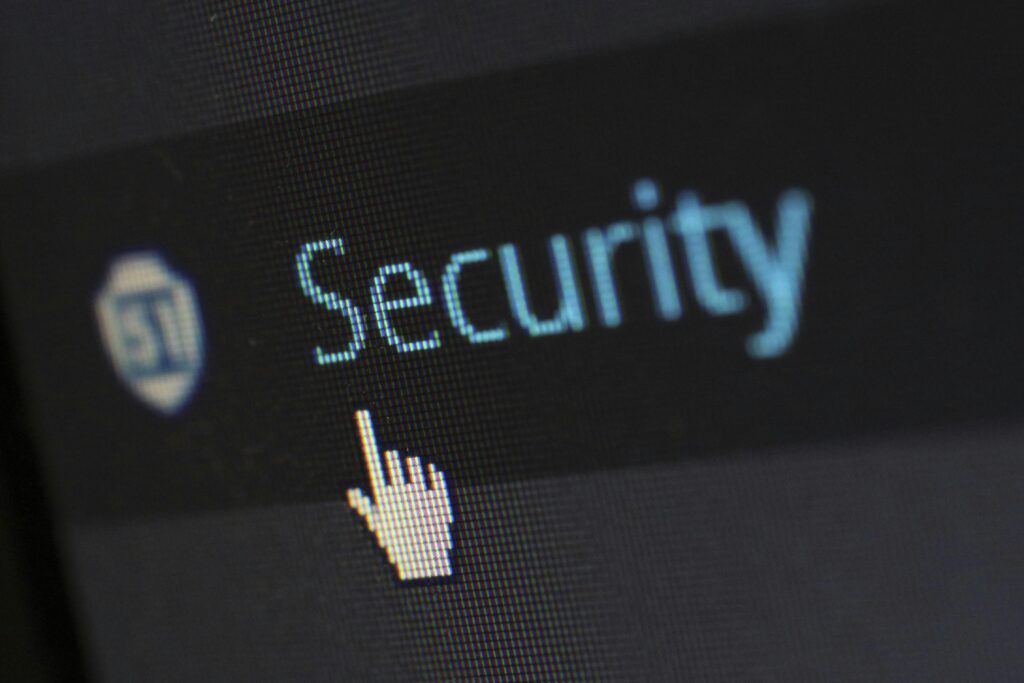Ever wondered why your smart, tech-savvy coworker suddenly wired thousands of dollars to a scammer? Spoiler alert: It wasn’t their fault. Spear phishing attacks are so cleverly disguised that even the sharpest minds can fall victim. According to Verizon’s 2023 Data Breach Investigations Report, 82% of breaches involve a human element, with spear phishing being one of the top tactics. Let’s dive into how you can defend yourself and your organization.
In this article, we’ll cover:
- What makes spear phishing so dangerous.
- A step-by-step guide to building robust defenses.
- Tips to fortify your cybersecurity hygiene.
Table of Contents
- Key Takeaways
- The Problem With Spear Phishing
- Step-by-Step Guide to Spear Phishing Defense
- Best Practices and Tips
- Real-World Examples
- FAQs About Spear Phishing Defense
- Conclusion
Key Takeaways
- Spear phishing targets individuals through personalized, deceptive emails or messages.
- Defense requires a combination of technical tools, training, and vigilance.
- Simulated phishing exercises can drastically improve employee awareness.
Why Is Spear Phishing Such a Big Deal?
Imagine getting an email from your CEO asking for urgent action—like transferring funds or sharing sensitive data. Sounds legit, right? That’s exactly what makes spear phishing so insidious. Unlike regular phishing, which casts a wide net, spear phishing zeroes in on specific individuals using personal information gleaned from social media or company databases.
“Optimist You:” *“But I’m too cautious to fall for that!”*
“Grumpy You:” *“Yeah, until they spoof your boss’s email signature.”*
To give you an idea of how sneaky it can be, here’s a quick stat: 95% of successful cyberattacks begin with phishing, according to Symantec. And no, antivirus software alone won’t save you.

Step-by-Step Guide to Spear Phishing Defense
Luckily, there’s hope! Here’s how you can protect yourself and your team:
Step 1: Deploy Advanced Email Filtering Tools
Email filters are your first line of defense. Use advanced solutions like Microsoft Defender for Office 365 or Proofpoint to flag suspicious emails automatically. These tools detect anomalies such as mismatched sender addresses or malicious links.
Step 2: Implement Multi-Factor Authentication (MFA)
If someone manages to steal credentials via spear phishing, MFA adds another layer of security. Without access to the second factor (e.g., a text message code), hackers hit a dead end.
Step 3: Train Employees Regularly
Education is key. Conduct workshops and send out monthly newsletters highlighting recent spear phishing examples. Tools like KnowBe4 offer gamified training modules that make learning fun (and less painful).
Best Practices for Spear Phishing Defense
- Hover Before You Click: Always hover over hyperlinks to preview URLs before clicking.
- Verify Urgent Requests: If an email asks for immediate action, verify its authenticity by contacting the sender directly through a known channel.
- Use Password Managers: This reduces reliance on memory and ensures unique, strong passwords across accounts.
Note: A terrible but surprisingly common “tip” is to ignore suspicious emails. Newsflash—it doesn’t work! Attackers only get craftier.
Real-World Example: Lessons From the Twitter Bitcoin Scam
In July 2020, high-profile Twitter accounts—including those of Barack Obama and Elon Musk—were compromised in a massive spear phishing operation. The attackers posed as IT staff and duped employees into handing over login credentials. The result? Over $100,000 in fraudulent cryptocurrency transactions.
This highlights two things:
- Even tech giants aren’t immune.
- Regular audits and restricted admin access could have mitigated the damage.

FAQs About Spear Phishing Defense
What’s the difference between phishing and spear phishing?
Phishing targets large groups with generic lures, while spear phishing focuses on specific individuals with tailored messages.
Can AI stop spear phishing?
AI-based solutions can help identify patterns and predict threats, but human oversight remains critical.
How often should I update my defense strategy?
At least annually—or whenever significant changes occur in your organization’s structure or technology stack.
Conclusion
Fighting spear phishing isn’t just about deploying fancy tools; it’s about creating a culture of skepticism and preparedness. From implementing MFA to running mock drills, small steps add up to big wins against cybercriminals.
So next time you see a suspicious email, don’t shrug it off—investigate. Remember: Like a floppy disk in 2024, complacency has no place in cybersecurity!
Haiku Time:
Hackers lurk nearby,
Spear phishing waits to strike.
Stay sharp, stay secure.


